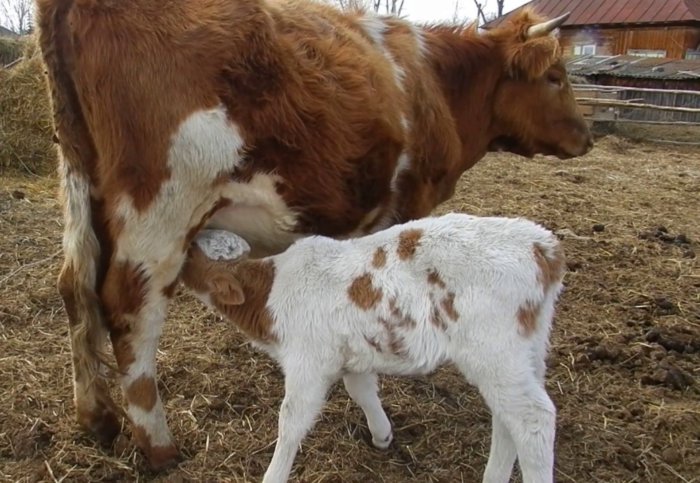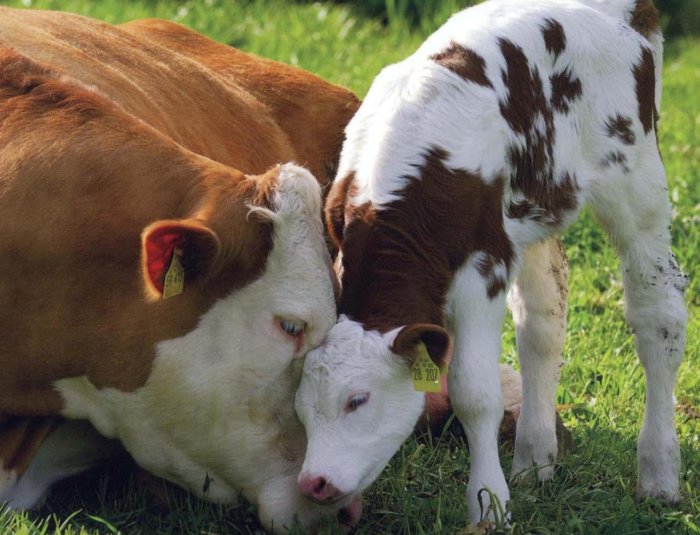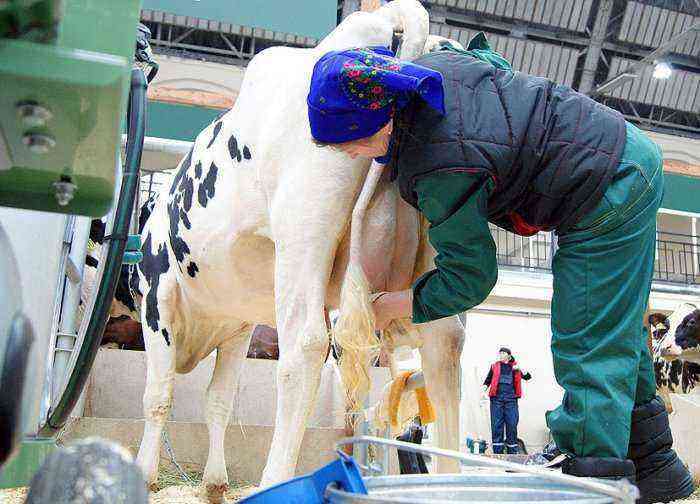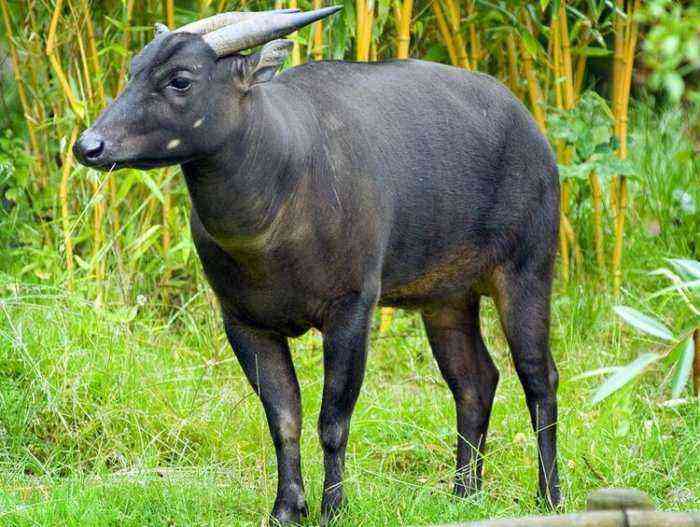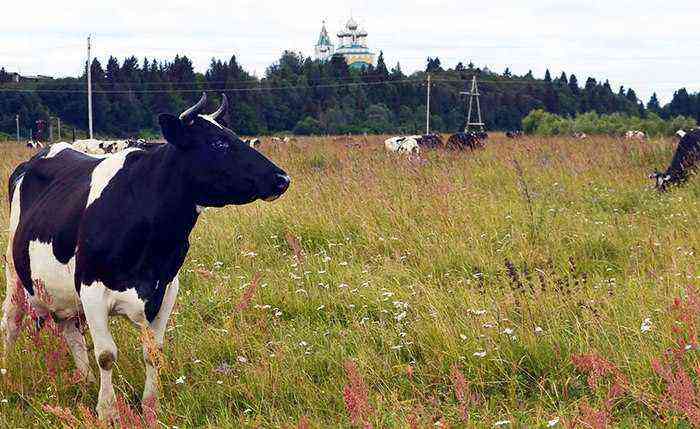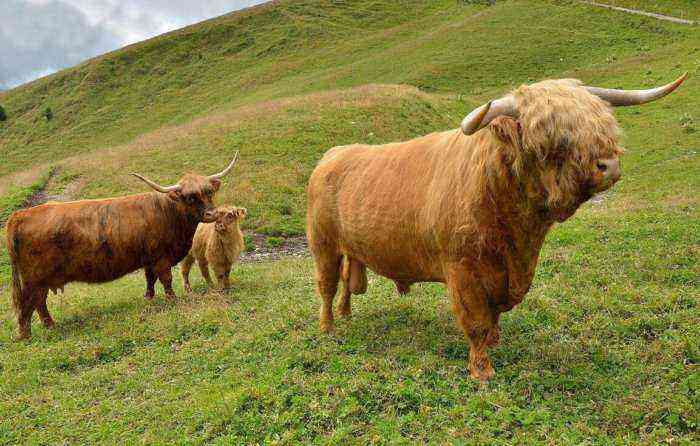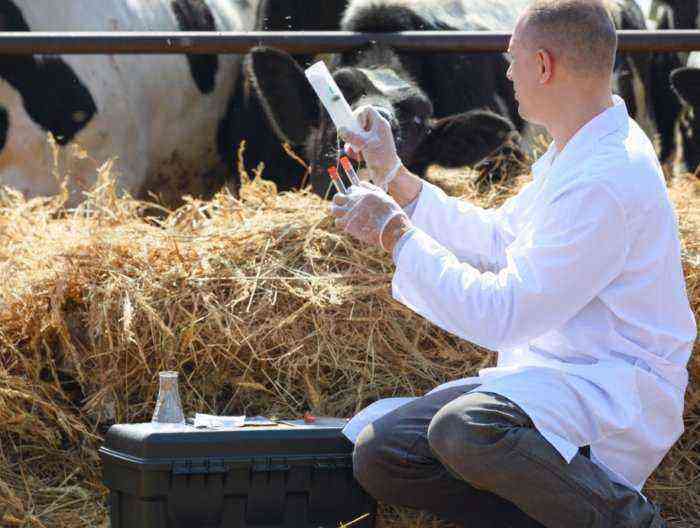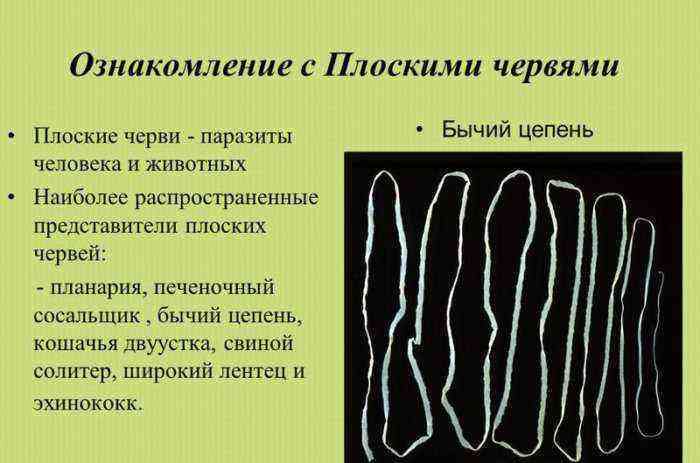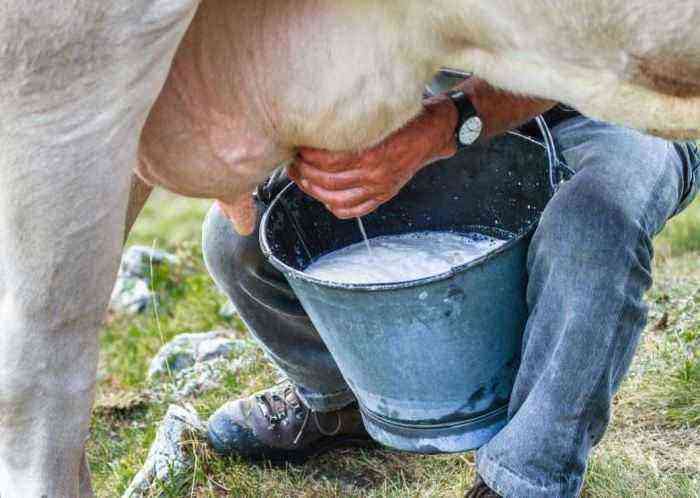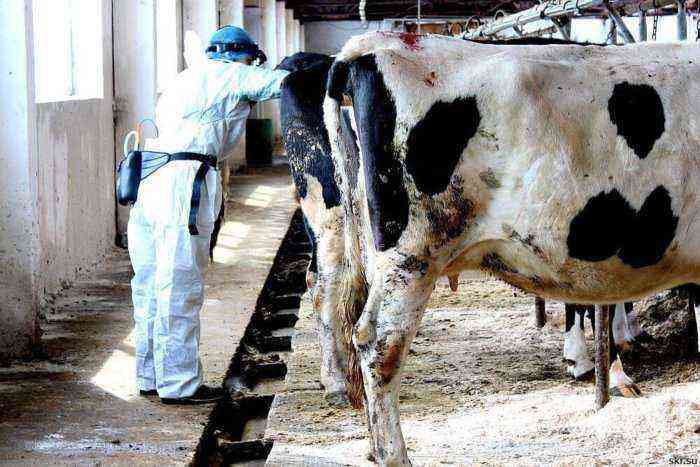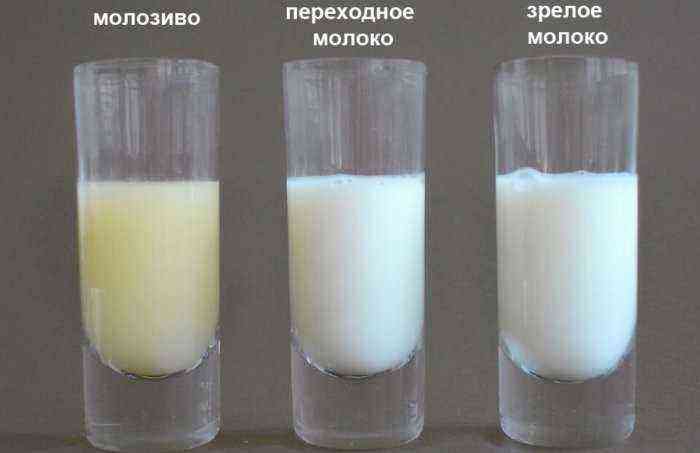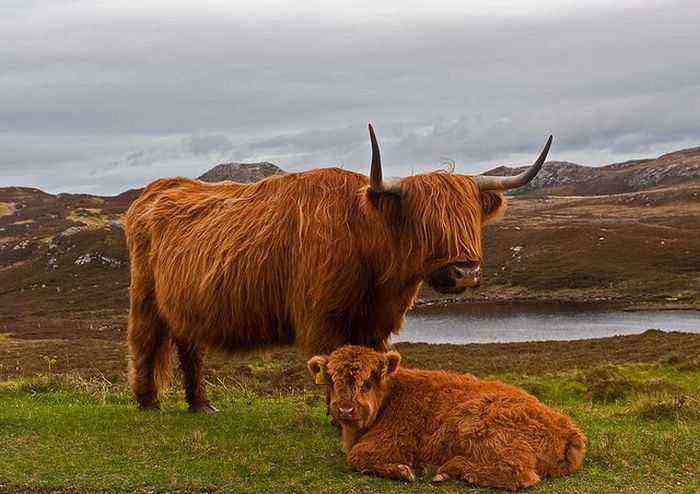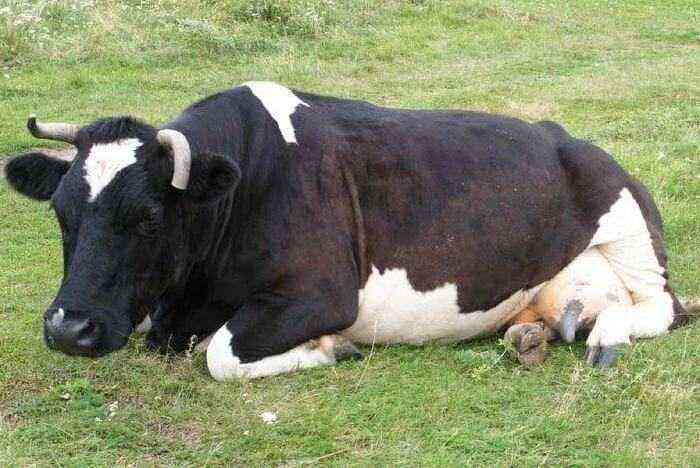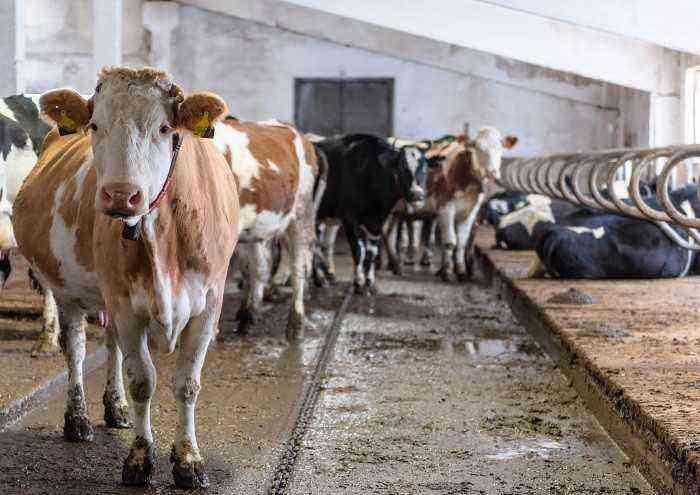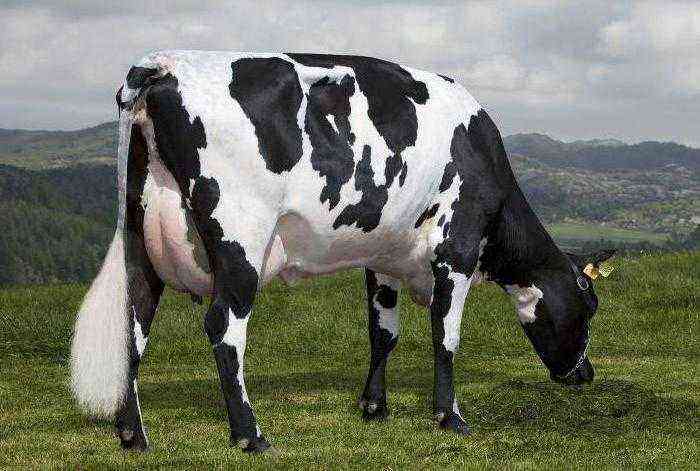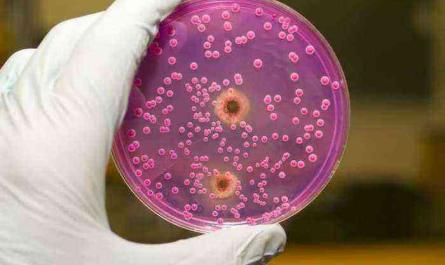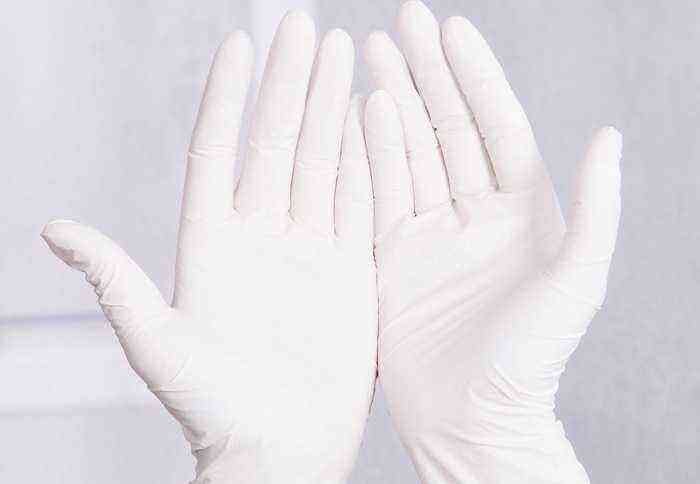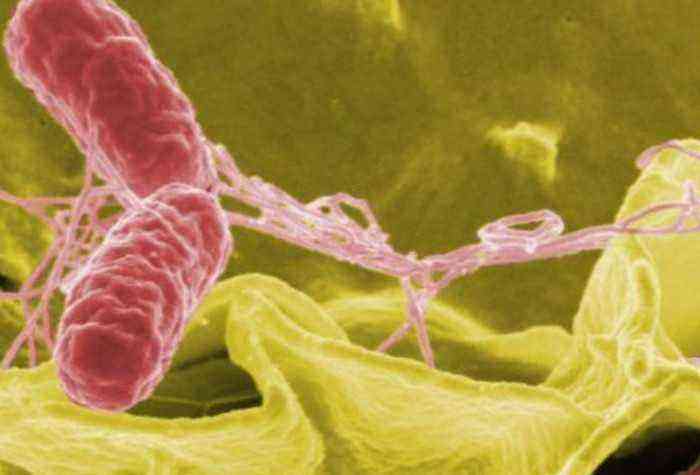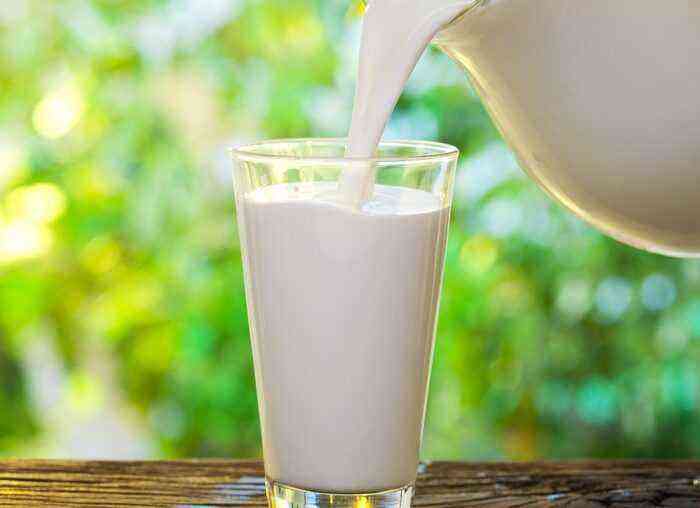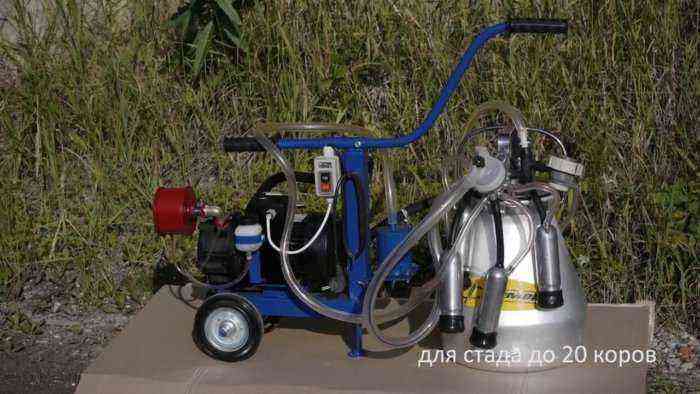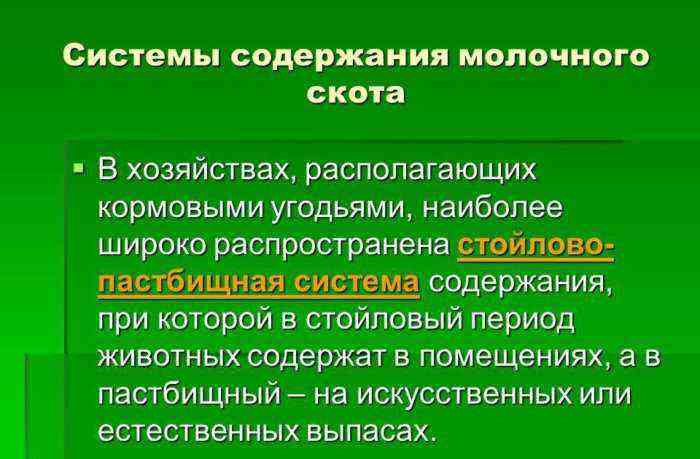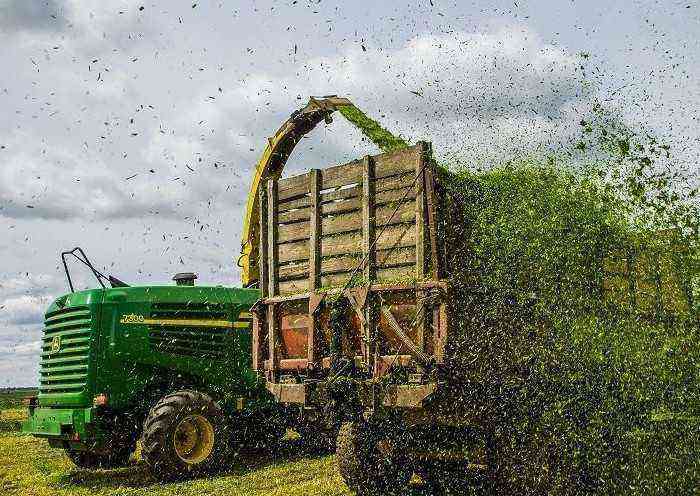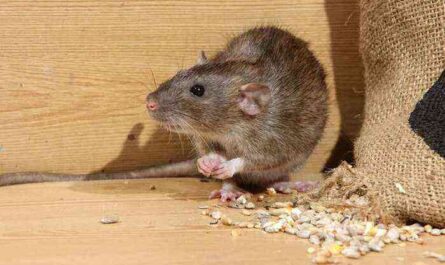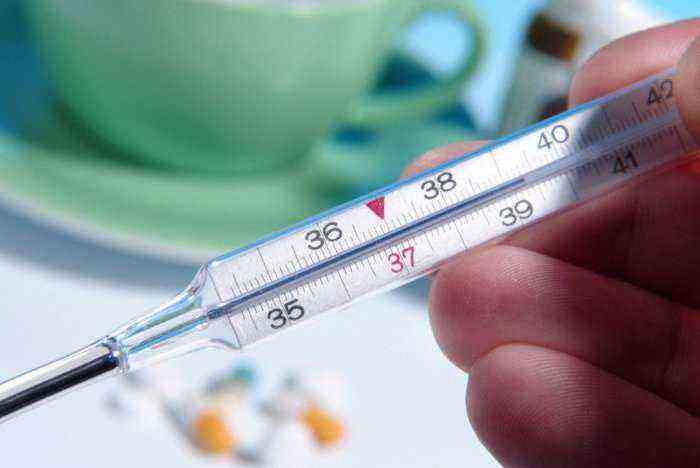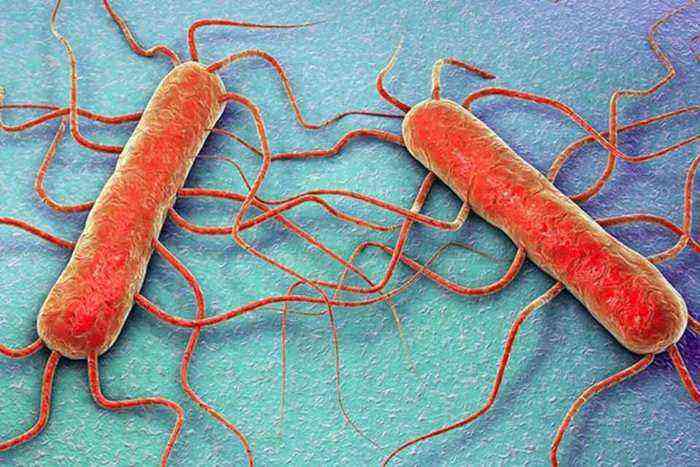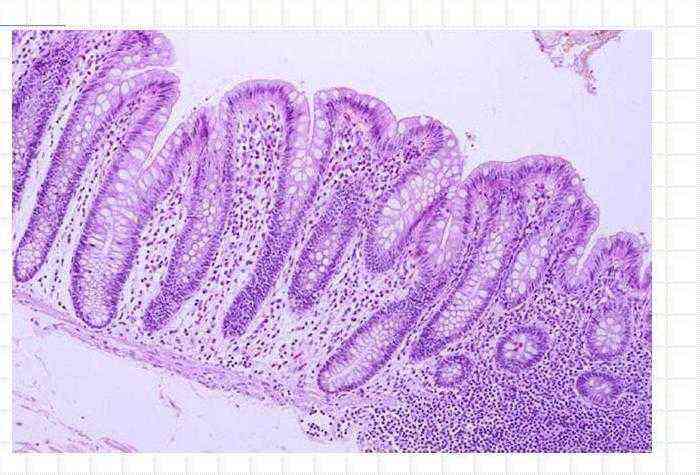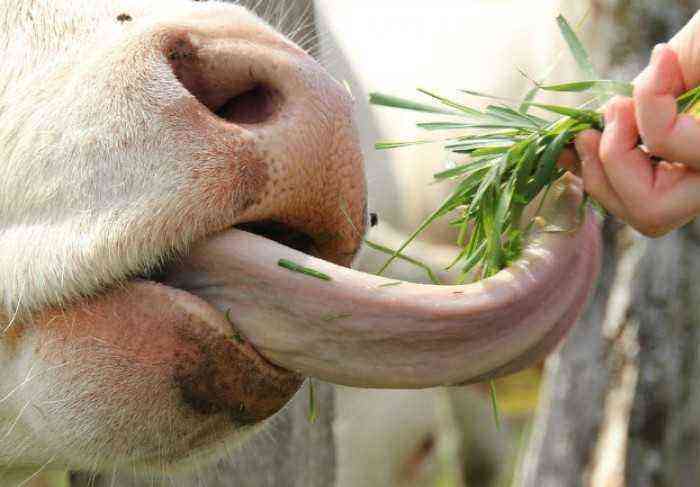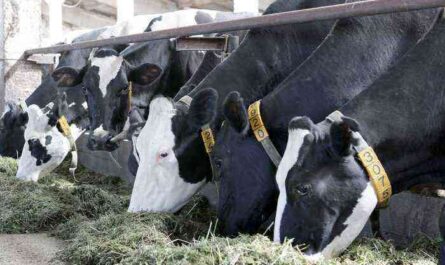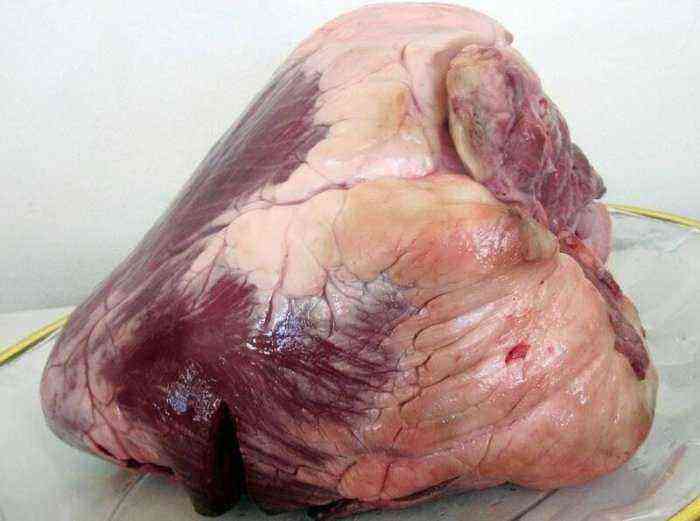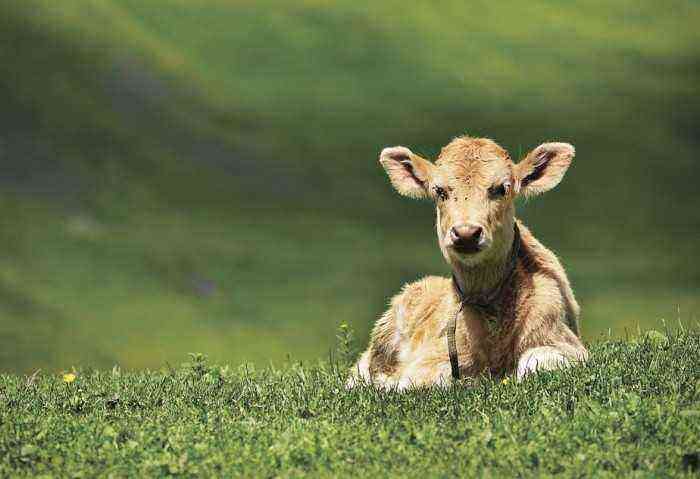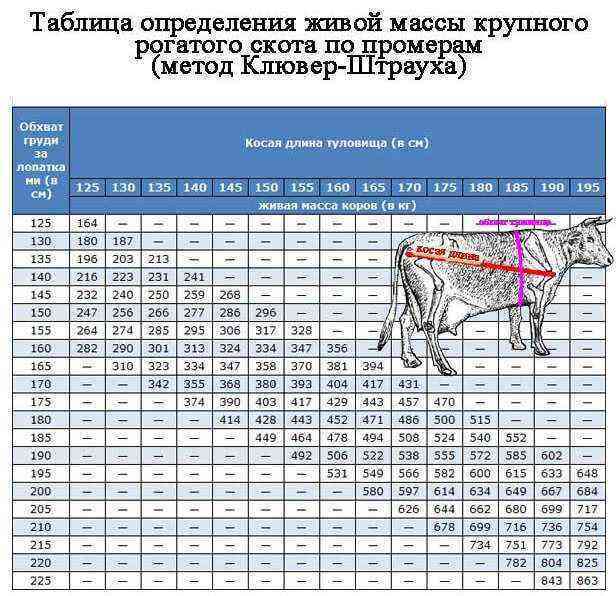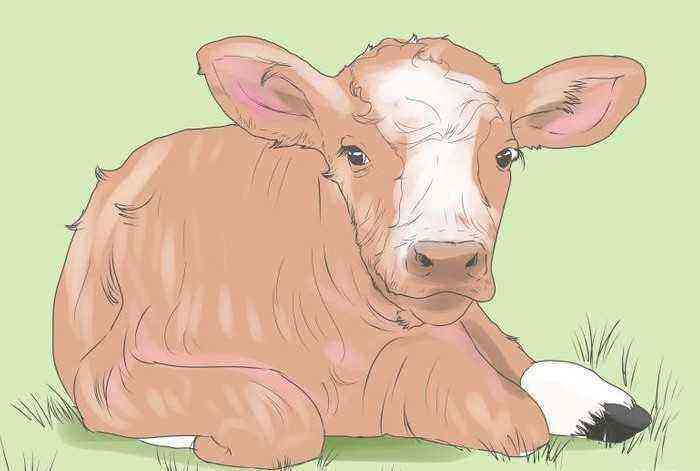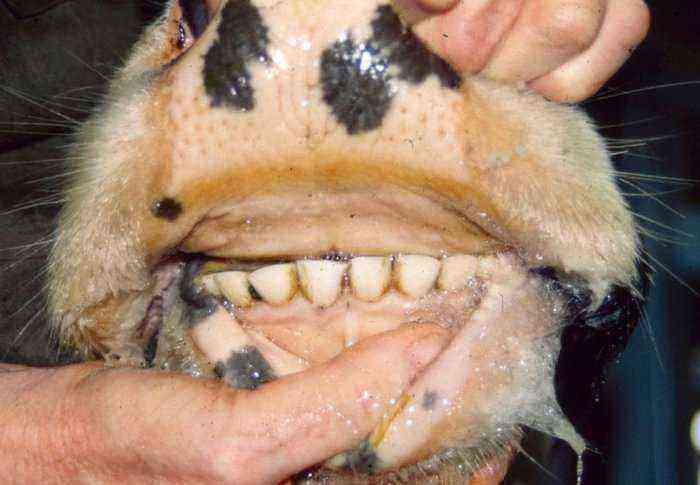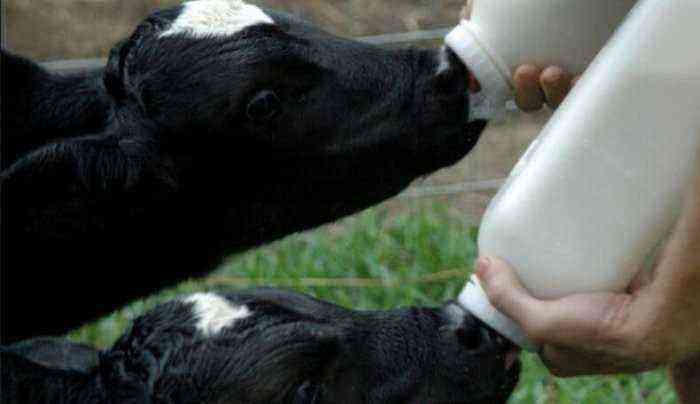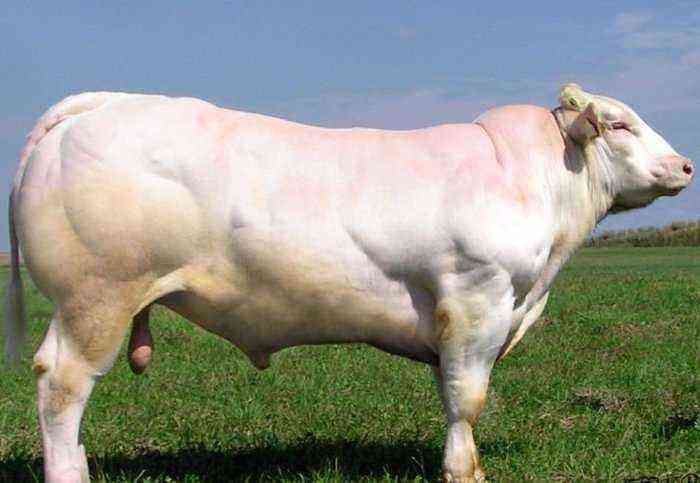Why does a calf sweat and what causes this process? Not many farmers think about the causes of this symptom. Its development is due to both the physiological characteristics of the animal and various pathological conditions. Experts recommend carefully looking at the calf and conducting an examination for additional clinical manifestations.
Excessive sweating in a calf
Causes
Why a Calf Sweats and How to Recognize a Serious Problem. Morning sweating for young animals is considered normal. Thermoregulation of the body is “not tuned”, which is due to the inability of the body to the environment. In most cases, the condition will normalize on its own. To speed up the adaptation process, farmers recommend giving animals Cobalt and Vitamin B as additional useful components.
Secondary causes of sweating include:
- high ambient temperature (possibly, in the room where the calf lives, the ventilation system is broken);
- fright;
- stress;
- pathology of the gastrointestinal tract;
- diseases of the urinary system;
- respiratory diseases;
- skin pathologies.
An experienced veterinarian is able to determine the true cause of deviations. It is almost impossible to identify the provoking factor on your own.
Important! With the development of serious deviations from the organs and systems of the body, additional studies are required.
Symptoms
Profuse sweating is accompanied by a number of other clinical manifestations. The set of symptoms depends on the disease, the severity of the course and the characteristics of the animal’s body. So, for the pathologies of the cardiovascular system, the following manifestations are characteristic:
Swelling of limbs
- heart rhythm disorder;
- swelling of the extremities;
- dyspnea;
- weakness;
- the natural shade of the mucous membranes changes to a bluish color.
In diseases of the gastrointestinal tract, the mucous membranes take on a yellowish tint, the calf’s appetite is disturbed, and the appearance is tired. An increase in body temperature to 40 degrees is not excluded (for cattle, this is a deadly indicator).
Pathologies of the urinary system are accompanied by a decrease in appetite or its complete absence, general weakness, depression and acute pain during urination. The animal refuses to leave the room; when examining urine, blood impurities are not excluded.
Diseases of the respiratory system are accompanied by weakness and shortness of breath. The lungs of the animal are not able to receive enough oxygen, which is manifested by blue mucous membranes.
Skin diseases cause temperature fluctuations, accompanied by hair loss, the development of a disorder and excessive sweating.
Most pathological processes are characterized by adjacent clinical manifestations. Trying to restore the health of a calf on your own is not recommended. In the case of acute parasitic diseases, any unskilled actions can lead to death.
Treatment
Why a cow sweats and young cattle can be explained by a veterinarian. Based on the examination of the animal and the studies carried out, an effective treatment is prescribed. The treatment regimen varies depending on the type of pathological process and the general condition of the cattle.
For gastrointestinal problems, milk is replaced with warm water with salt
In case of violations of the gastrointestinal tract, mother’s milk is replaced with warm water with table salt. Salt water is consumed until the negative symptoms are completely eliminated. The animal is recommended to drink at least 4-6 times a day. Once a day, cow’s milk is replaced with strong tea with salt and egg whites. During therapy, the calf is isolated from other individuals, in particular, with the development of acute intestinal pathologies. If the generalized regimen of therapy does not help, Acidophilus and Propopycelin are additionally used.
Diseases of the urinary system are eliminated by means of Potassium Acetate. The drug helps to eliminate a persistent inflammatory process, accelerates the excretion of pathogens from the body and eliminates swelling. The dosage is prescribed depending on the weight of the animal.
Diseases of the respiratory system are often observed in the first months of life. Violations are fixed at low temperature indicators. The development of acute inflammatory processes is eliminated by means of antibiotics and sulfa drugs.
Skin pathologies are eliminated by means of Zelenka, Vishnevsky ointment and Furosemide. It is advisable to use complex therapy and follow the recommendations of the veterinarian.
Prevention
Preventive measures are to create optimal conditions for the living of young cattle. It is necessary to adjust the ventilation in the room and create a special microclimate. The temperature indicator should not exceed 25 degrees.
Creating optimal conditions for young animals to live
Proper nutrition, the addition of useful components to feed and the creation of optimal conditions for life are the best preventive measures. Most pathologies are easier to prevent than to eliminate through the full range of medicines.
Conclusion
Sweating in a calf in the first months of life is due to natural physiological processes. But, only if there are no additional clinical manifestations. If negative symptoms appear, it is advisable to call a veterinarian.

